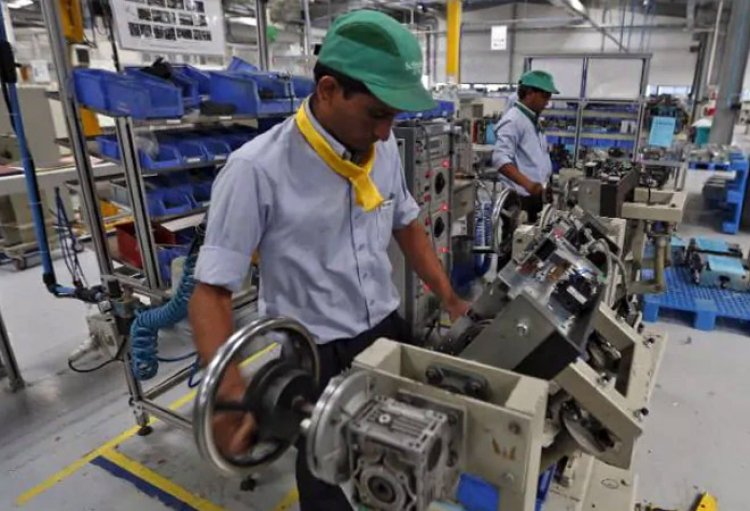India's could grow at 5%, not 7%
STORIES, ANALYSES, EXPERT VIEWS

India is on pace to be “the world’s fastest growing large economy” and France is posting its “strongest growth in 52 years”. The US believes it is growing “faster than China”.
Global economy is likely to grow slowly: But the question, argues Ruchir Sharma (author and global investor) “is how fast economies can grow after the pandemic, once base effects fade and stimulus recedes. Trends in demographics and productivity suggest the global economy is likely to grow even more slowly in the 2020s than it did last decade.”
India's working age population growth falls: This is borne out of history. “Historical data shows that it is very rare for any country to sustain an annual growth rate of more than 6% once the growth rate of the working age population falls below 2%. India's working age population growth first fell below 2% in 2010 and the decline continues. The working population is now growing just over 1%, and ultimately fewer workers will slow growth.
India’s productivity growth rate is downward: “Though productivity typically surges early in a recovery, this time it continued to languish in many economies. India’s productivity growth rate has been trending downward over the past few years, according to CEIC data.
“Major powers from the US to China and India are turning further inward, extolling ‘self-sufficiency’ over globalisation. Major emerging markets led by India, China and Russia are world leaders in authoring new rules on data flows, threatening to deglobalise even the internet.”
High debt levels: And “as governments spent heavily to counter national lockdowns, debt levels hit new highs. But now, as interest rates head higher, borrowers of all kinds will be reluctant to take on more debt to fuel growth. India’s total debt burden spiked from 160% to 175% of GDP, which is unusually high for a country in India’s income class…..”
India should be looking fat 5% growth: Sharma argues “no country is an island, isolated from these global trends. All need to reconsider how fast they can grow in the new era. High-income countries such as the US that still aim for 3% annual growth will be lucky to top 2% in this decade. Lower-income nations such as India need to lower their benchmark for success from 7% to 5% or better.
High inflation: “Complicating this picture is that inflation has returned, driven by temporary supply shortages and heavy stimulus, but likely to be sustained by shrinking labour forces and rising wages. With inflation back, policymakers will no longer feel empowered to keep growth alive with constant doses of stimulus. Investors, who have grown accustomed to central banks propping up markets at the first sign of trouble, will need to wean themselves off the comforts of constant state support.”
Therefore, rather than hyping a temporary spike in growth data, it is time to recognise that a post-pandemic world “is likely to result in even slower growth and higher inflation.”
















